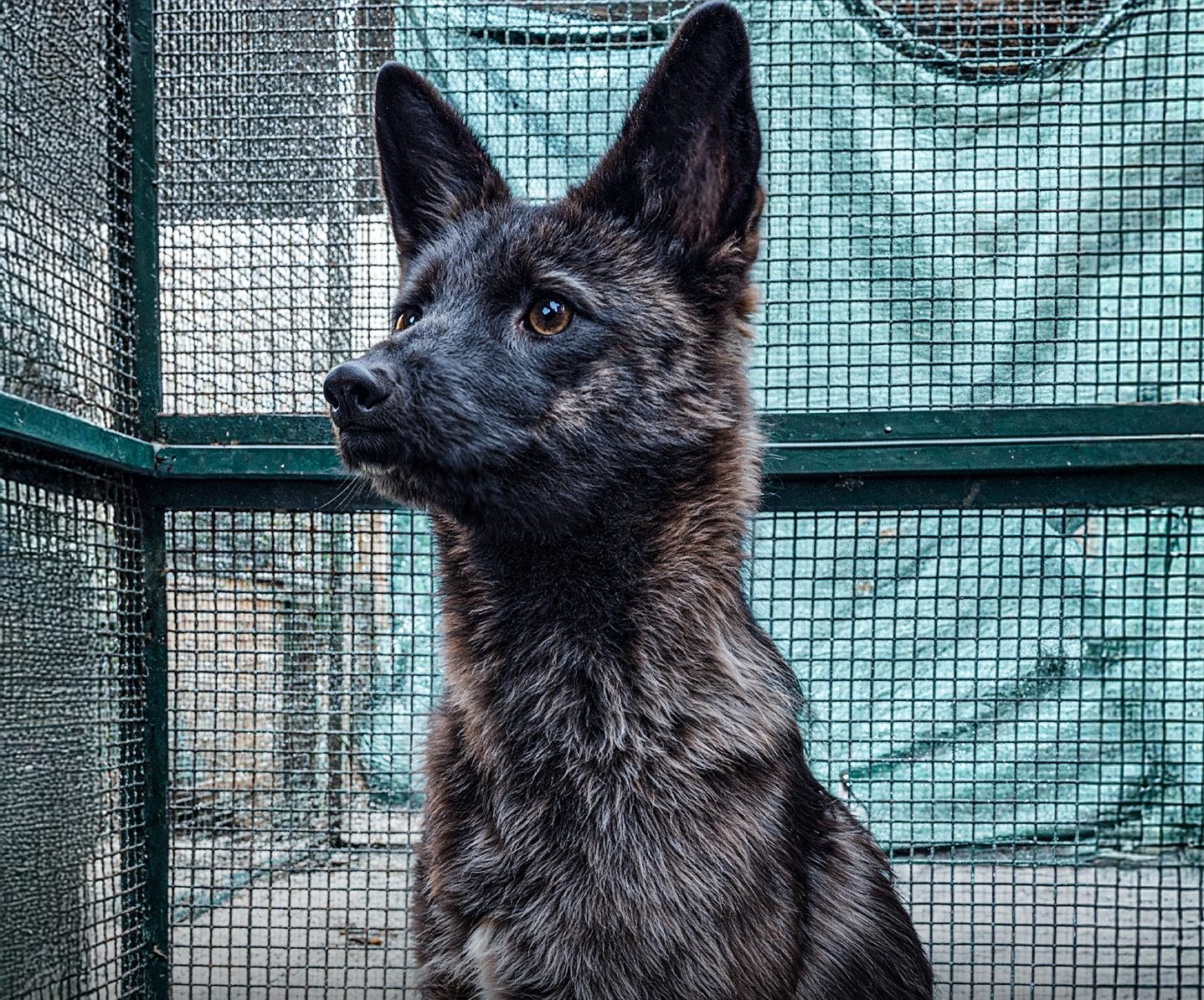Scientists Confirm the World’s First Ever Dog-Fox Hybrid in Brazil — A One-of-a-Kind Discovery That Could Change How We See Wildlife
Every once in a while, nature surprises us with something so unexpected that it makes us pause and rethink what we thought we knew. That is exactly what happened in southern Brazil when scientists confirmed the existence of an animal that seems to straddle the line between two worlds. Her name is Dogxim, and she isn’t just any canid — she’s the first documented hybrid between a domestic dog and a wild Pampas fox.
Dogxim’s story started in 2021 when she was found after a car accident in Vacaria, a town in Rio Grande do Sul. At first glance, veterinarians were puzzled. She didn’t quite look like a regular stray dog, nor did she match the typical appearance of a Pampas fox. Her ears were unusually large, her face carried a fox-like sharpness, but her behavior and some physical traits leaned closer to those of a dog. Caretakers noticed that she would accept dog food but also hunted small prey like a wild animal. For months, researchers wondered if they were looking at a new species, a strange mutation, or perhaps something even rarer.
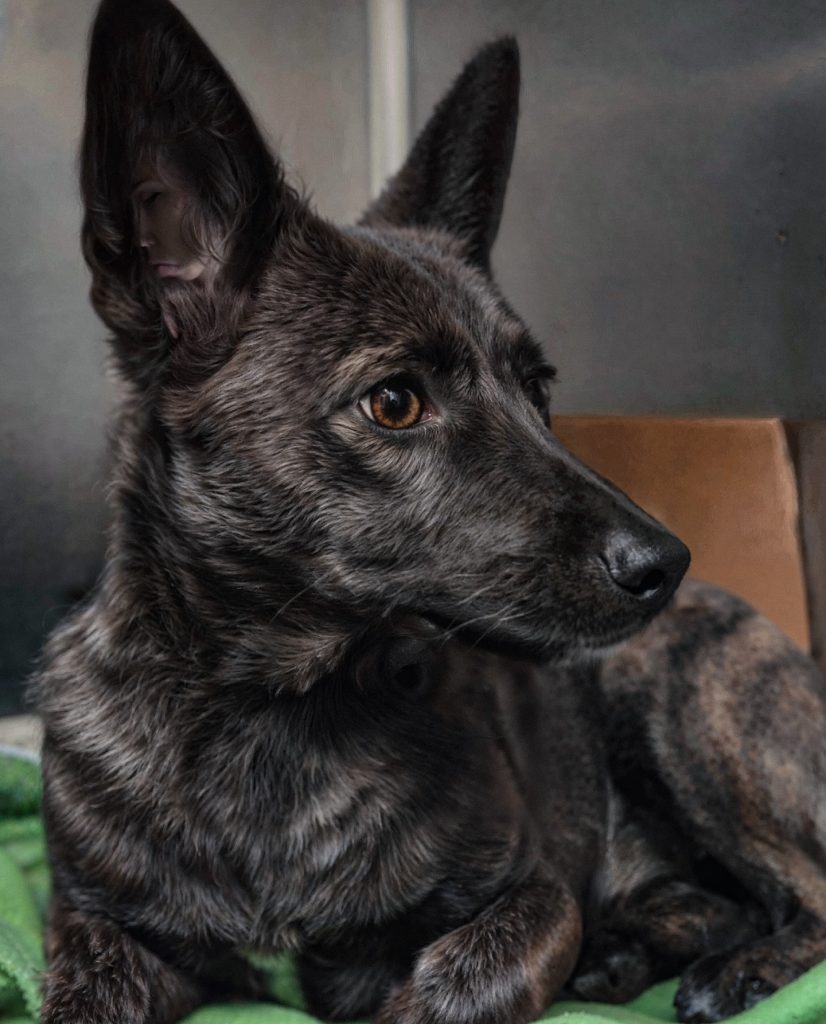
The real answers came through genetic testing. Scientists at the Federal University of Rio Grande do Sul conducted detailed DNA and chromosomal analysis. Their results shocked the wildlife community: Dogxim carried 76 chromosomes — a perfect split between the 78 chromosomes of domestic dogs and the 74 chromosomes of Pampas foxes. This wasn’t a fluke or a misidentification; this was the first confirmed hybrid between the two species, a biological link no one had ever recorded before.
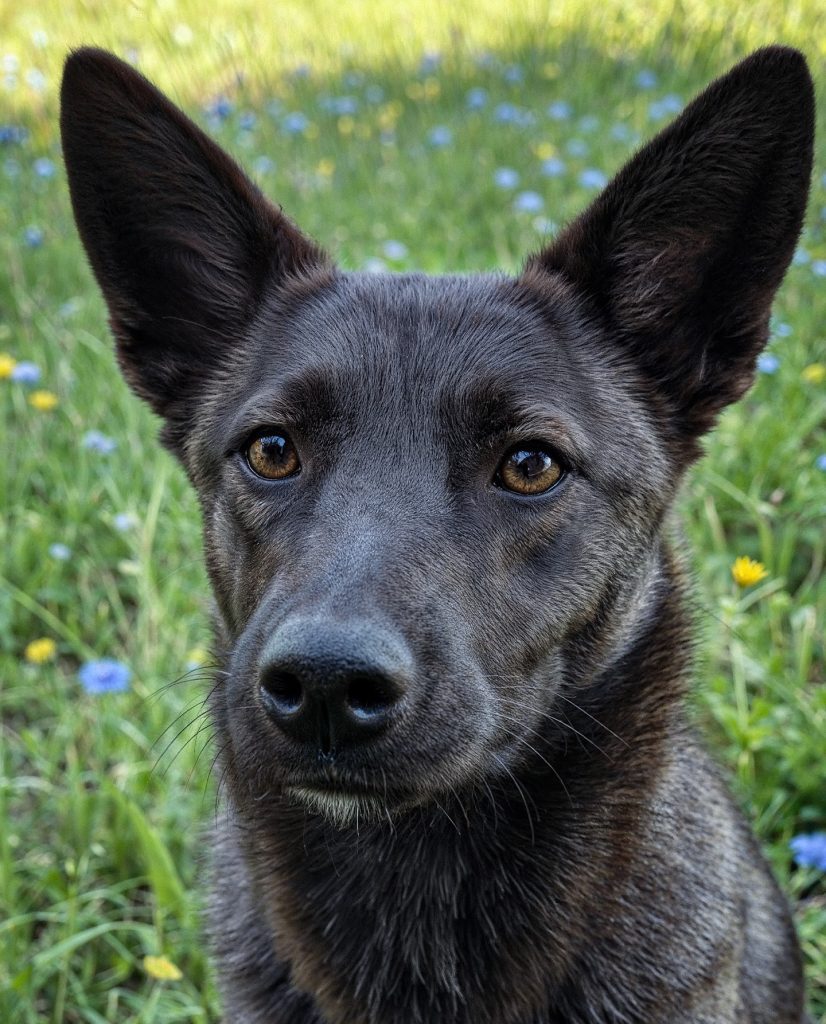
What makes this discovery even more fascinating is that dogs and foxes were long thought to be genetically too distant to produce viable offspring. Both belong to the canid family, but domestic dogs are in the genus Canis while Pampas foxes belong to Lycalopex. Hybrids within the dog family, such as wolf-dogs or coy-dogs, are well-documented because those species are genetically closer. A dog-fox cross, however, was thought to be impossible. Dogxim proved otherwise, reminding us that nature often finds a way around the rules we write for it.
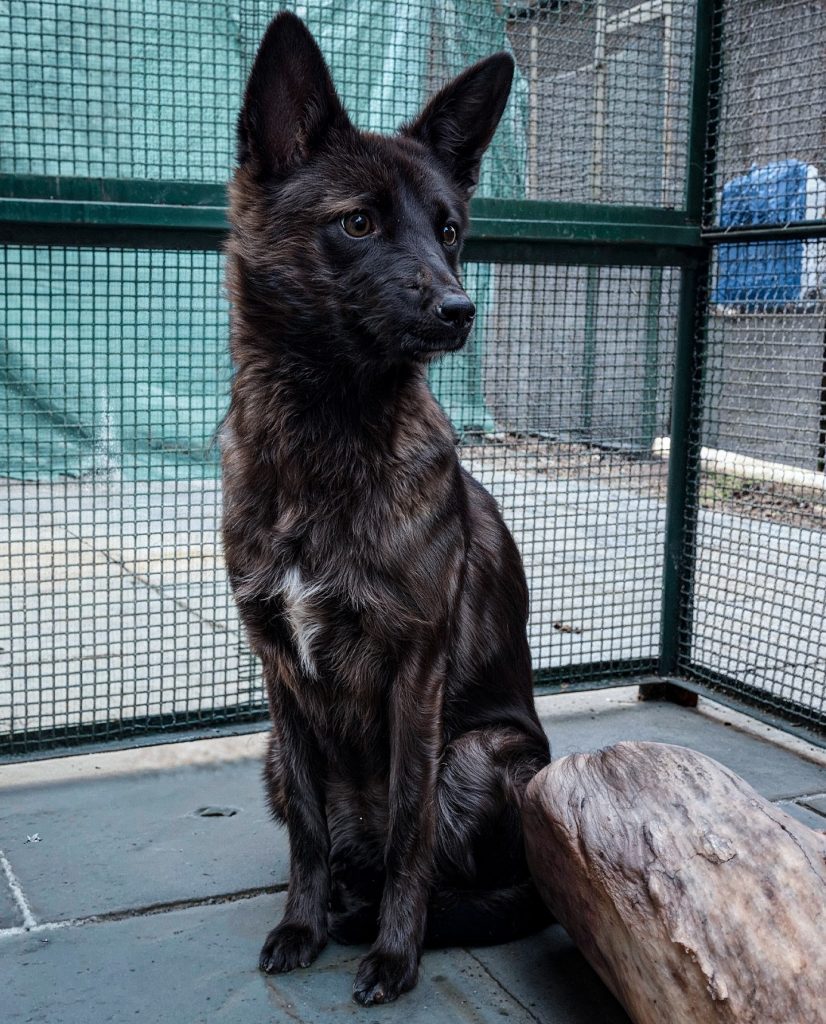
Sadly, Dogxim herself did not live long. After her recovery from the accident, she spent some time under veterinary observation, but she passed away in 2023. Even though her life was short, her existence left a permanent mark in scientific history. Researchers continue to study her preserved genetic material to understand more about how such hybrids occur and what it might mean for the ecosystems where both domestic animals and wild species cross paths.
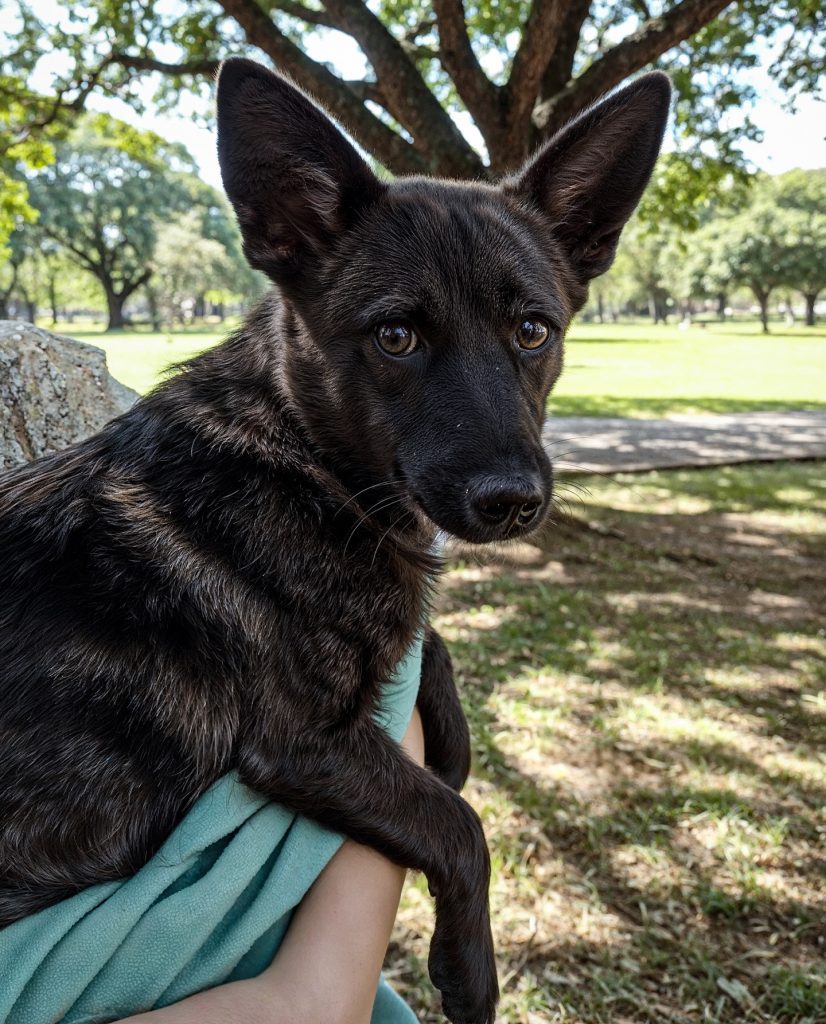
The broader implications are serious. As human settlements expand and pets move deeper into wild territories, the lines between domestic and wild species blur. While Dogxim was a remarkable case, it also highlights how human activity is reshaping animal populations in ways we can’t always predict. Wildlife managers in Brazil now face a new reality — the possibility that such hybrids could appear again, raising questions about conservation, biodiversity, and the protection of wild fox populations.
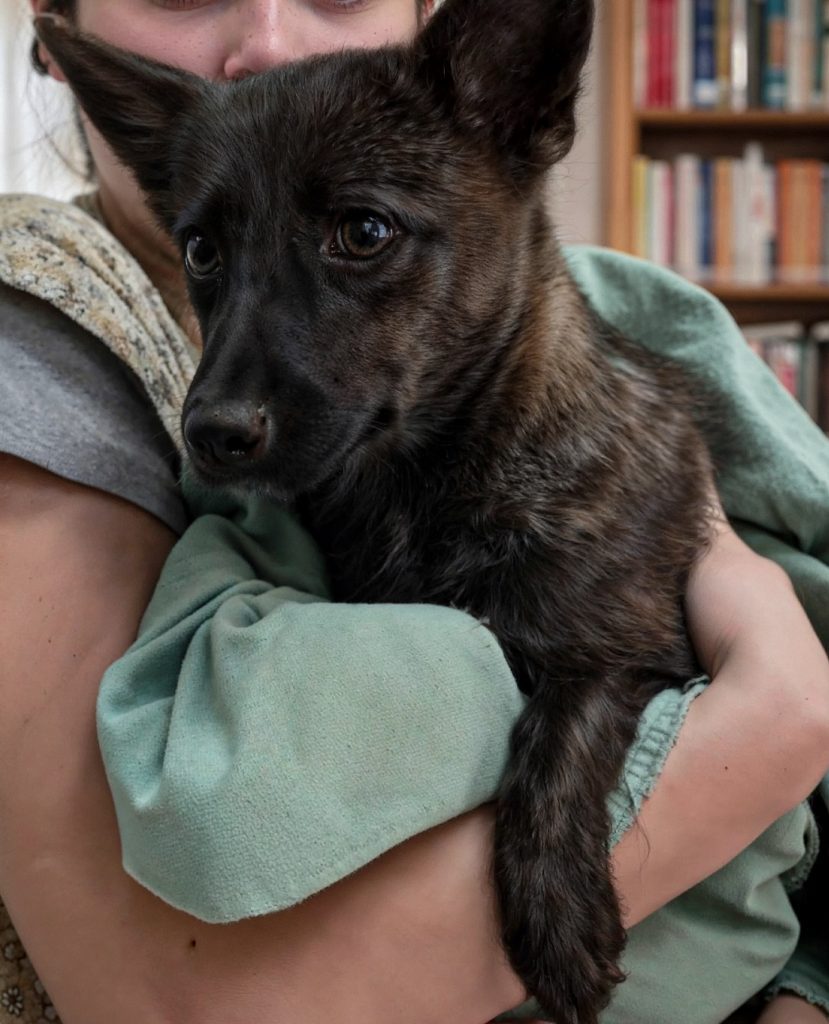
At the same time, Dogxim’s story is a reminder of resilience and adaptability. An animal that shouldn’t have existed did, even if for a brief moment, and in doing so, she showed us that the natural world is full of mysteries waiting to be uncovered. Dogxim wasn’t just a hybrid; she was living proof that the boundaries we think are fixed can bend in extraordinary ways.

